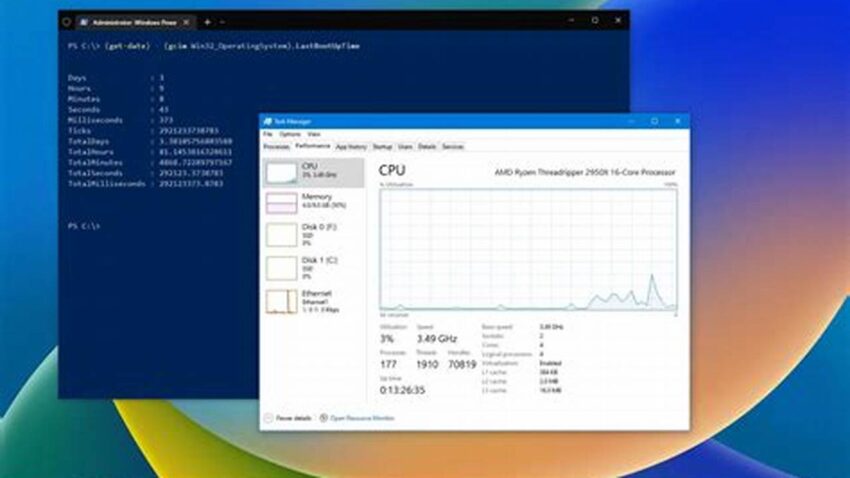Extended periods of uninterrupted operation are crucial for servers, embedded systems, and various other Linux-based deployments. Achieving high availability minimizes disruptions to services, maintains data integrity, and reduces administrative overhead. This exploration delves into the methodologies and best practices for ensuring Linux systems remain operational for extended durations.
System Stability
A stable foundation is paramount. This encompasses selecting a robust Linux distribution known for its reliability, using hardware compatible with the chosen distribution, and employing only well-tested drivers.
Kernel Optimization
Tuning kernel parameters can significantly impact uptime. Careful consideration should be given to resource allocation, memory management, and input/output scheduling.
Service Management
Employing a robust init system (like systemd) allows for precise control over service startup, shutdown, and dependency management. Unnecessary services should be disabled to minimize resource consumption and potential points of failure.
Monitoring and Logging
Comprehensive monitoring tools provide insights into system performance, resource utilization, and potential issues. Detailed logs facilitate rapid diagnosis and resolution of problems.
Redundancy
Implementing redundant hardware components, such as power supplies and network interfaces, provides failover capabilities, ensuring continued operation in case of component failure.
Security Hardening
A secure system is less susceptible to downtime caused by malicious attacks. Regular security updates, firewall configuration, and intrusion detection systems are essential.
Automated Updates
Configuring automatic security and software updates minimizes vulnerabilities and ensures the system benefits from the latest bug fixes and performance improvements.
Stress Testing
Simulating high-load scenarios helps identify potential weaknesses and bottlenecks before they impact production environments. This allows for proactive mitigation of potential downtime.
Disaster Recovery Planning
A well-defined disaster recovery plan outlines procedures for restoring system functionality in the event of a major outage. This includes regular backups and a documented restoration process.
Proactive Maintenance
Regularly scheduled maintenance tasks, such as file system checks and log rotation, help prevent issues that could lead to downtime.
Tips for Enhanced Availability
Utilize watchdog timers to automatically reboot the system in case of critical failures.
Implement RAID (Redundant Array of Independent Disks) to protect against data loss and maintain availability in case of disk failure.
Employ a UPS (Uninterruptible Power Supply) to provide continuous power during outages.
Document all system configurations and procedures for easy troubleshooting and maintenance.
Frequently Asked Questions
How does choosing the right Linux distribution impact uptime?
Different distributions prioritize different aspects, some focusing on stability and long-term support, which are crucial for maximizing uptime.
What are some key kernel parameters to consider for uptime optimization?
Parameters related to memory management, such as `vm.swappiness`, and network settings can influence system stability and responsiveness.
Why is security hardening important for achieving high uptime?
Security vulnerabilities can be exploited to cause system crashes or denial-of-service attacks, directly impacting uptime.
What are the benefits of using a watchdog timer?
Watchdog timers provide an automated mechanism for recovering from system hangs or freezes, minimizing downtime.
How often should backups be performed?
Backup frequency depends on the criticality of the data and the acceptable recovery point objective. Regular backups are essential for disaster recovery.
What are some common monitoring tools for Linux systems?
Tools like Nagios, Prometheus, and Grafana provide comprehensive system monitoring and alerting capabilities.
By implementing these strategies and best practices, administrators can significantly improve the reliability and availability of their Linux systems, ensuring continuous operation and minimizing costly downtime.

